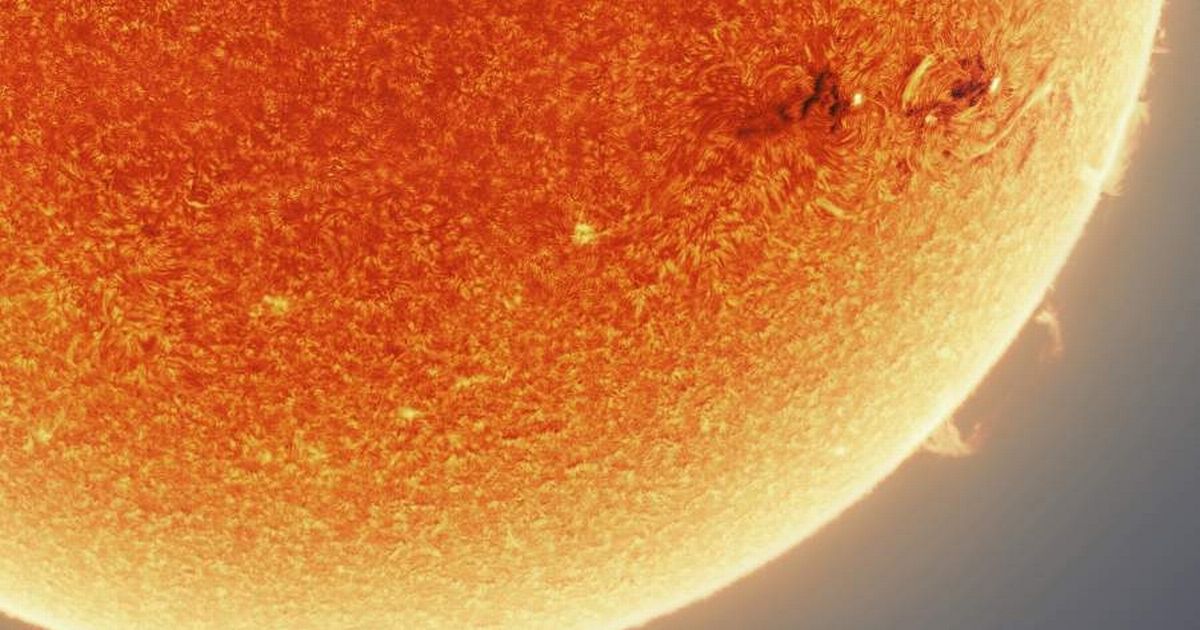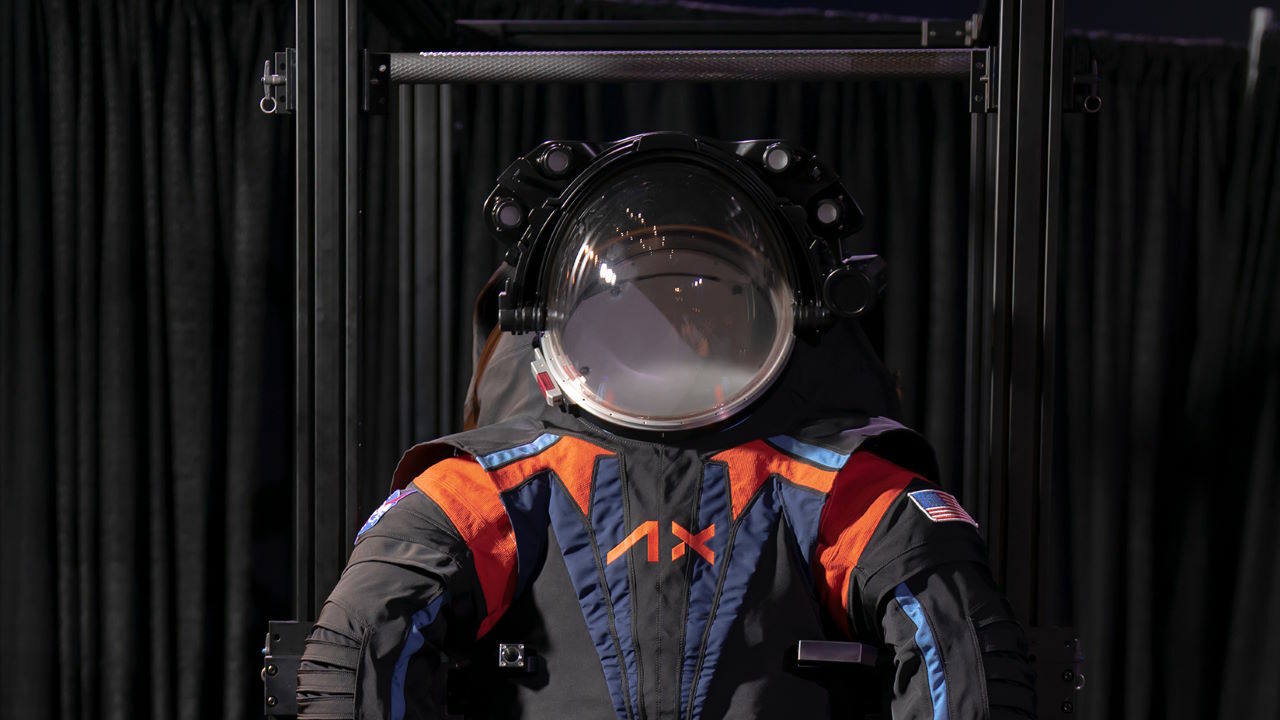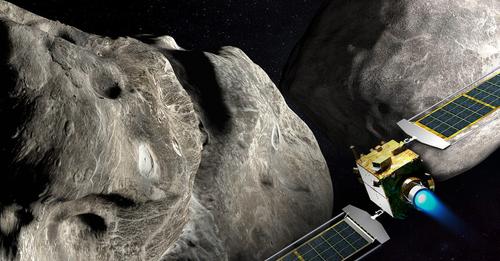We guarantee that gazing into this image won’t result in retinal burning.
The fiery intricacies of the sun in space are being shown here, not a close-up of a dried orange peel.
A brand-new device situated on Earth, the Daniel K. Inouye Solar Telescope, has produced its initial photos. These images, which show a portion of the roiling solar atmosphere, are demonstrating to the world just how powerful this telescope is. At a resolution of 11 miles for each shopping mode pixel, they display a zone that is over 51,000 miles across, or almost the size of nine Russias placed side by side.
The sun is roughly 94 million miles from Earth, in case you forgot.
The National Science Foundation-funded observatory will take incredibly clear photographs of the sun and analyze the magnetic fields of solar particles like sunspots, flares, and coronal mass ejections, the plasma ejected from the sun’s corona. The power grids and communication systems on Earth could be severely damaged by these events, which could be very bad.
Although these natural occurrences are rare, scientists still lack the ability to predict space weather accurately. In March 1989, a solar flare knocked out electricity for 12 hours across the whole province of Quebec in Canada. Additionally, Radio Free Europe’s radio broadcasts were disrupted.
The telescope, which bears Sen. Daniel Inouye of Hawaii’s name, will aid researchers in understanding the physics of space weather. The ground-based observatory will collaborate with two space telescopes that are now collecting data: the Parker Solar Probe, launched by NASA two years ago, and the Solar Orbiter, In February 2020, the European Space Agency and NASA will launch a cooperative mission.
NSF director Sethuraman Panchanathan said in a statement that the Inouye telescope’s “insights will revolutionize how our country, and the world, foresees and prepares for disasters like solar storms.”
But it wasn’t because of its appropriate name that scientists built the facility there in partnership with the Native Hawaiians. Directors of the foundation say that the peak has unique environmental features that make it easier for scientists to study the solar corona.
The project’s construction started in 2012. Even though the COVID-19 epidemic made it take longer to finish, it was done and working by February.






very nice article